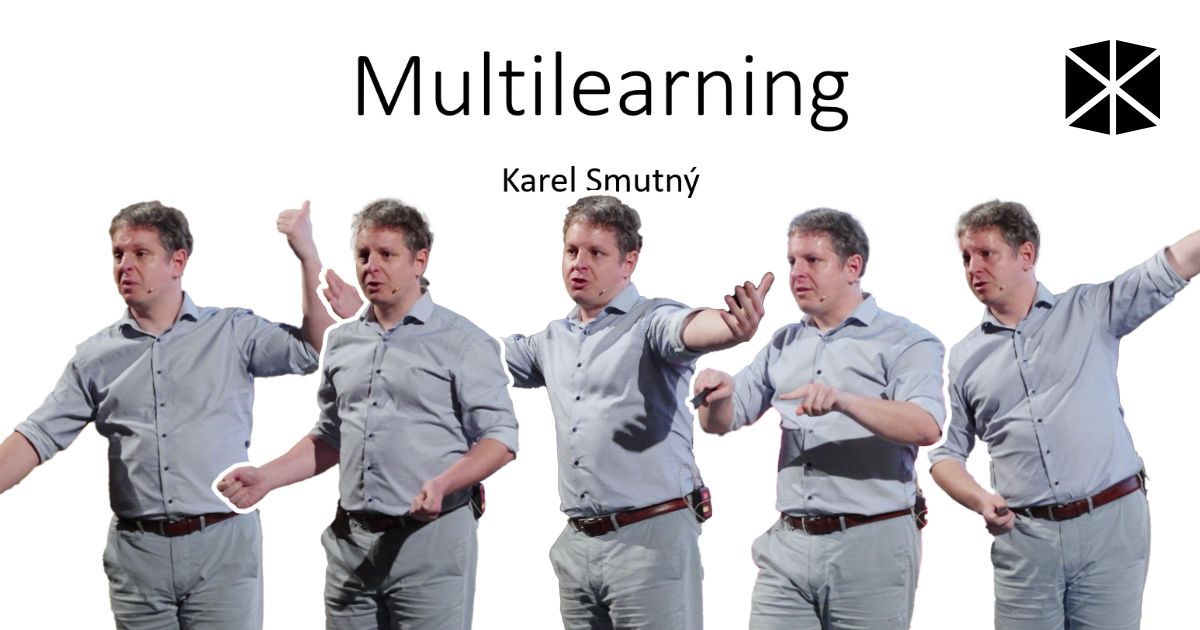
Hiring a scrum master, running sprints, and using the word agile in every other sentence…These are the signs of an agile company, right? After spending over a decade consulting on agile transformations and organisational design, Karel Smutný has observed a common misconception: many companies adopt agile practices just to be cool, yet missing out on the profound benefits it truly offers. Let’s jump straight to it!
Embracing action over definitions
In a constantly changing world, the true measure of organisation’s agility lies beyond theories and terminology. It’s about the speed at which teams shift gears, adapt and execute. And that’s why “multilearning” is the secret superpower of successful teams. “Multilearning” is an approach that ensures teams are equipped to address any task aligned with current needs. We are not necessarily talking about hours spent on courses, it’s more about learning by doing.
Rethinking team composition
When we look at the common organisational structure it consists of teams such as business analyst team, Java developers team, mobile application team, acquisition team etc. It doesn’t matter whether they are split by function, components or customer journey, what connects them all is that they are all single-specialty teams of single-specialty people.
The point of Karel’s talk is to show you the benefit of opening up “multilearning” in your organisation.
Single-specialist – a person with a single specialisation and possibly a shallow knowledge in other areas.
Multilearner – someone with a variety of expertise who is continually expanding their skillset on a deeper level.
The pivotal role of multiskilled individuals
Allocating time for learning is by many considered ineffective because the link between learning and meeting deadlines is often not perceived, yet rather underestimated. What’s even more inefficient is having a single specialist you cannot use for one or more sprints because there is nothing in the sprint backlog related to their expertise. The solution Karel suggests in such cases is to let the specialist learn a new skill that interests them and is relevant to reach the sprint goal.
In short-term the profit might be questionable but from a long-term perspective, it fuels a culture of ongoing learning, supports cross-team collaboration and improves overall engagement, motivation and efficiency.
The most important is the value for customers
And that’s why you want to be agile; to constantly deliver the highest value for your customers. Because the highest value for the customer can change at any time. Agility itself is not the goal, it’s a way of working that enables you to constantly work on the most important things. Other benefits include fostering shared learning, reshaping beliefs to cultivate genuine organisational agility and following a relatable coherent goal.
Agile organisation structure might not fit every scenario but as Karel said “You don’t choose agility, agility chooses you!” It’s about aligning with a mindset that welcomes change and prioritises adaptability in the pursuit of delivering exceptional value. So if you are hooked on agility, watch Karel’s talk to get more concrete examples and detailed insights.

